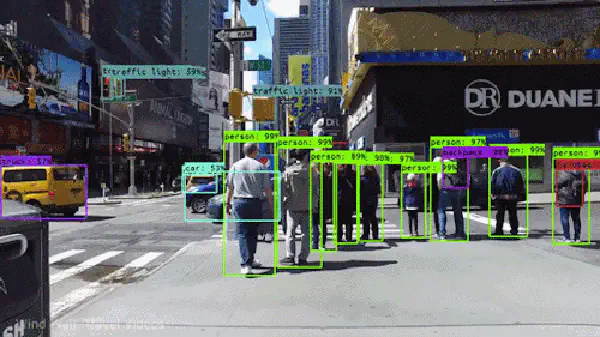
Image processing is crucial for self-using vehicles to understand their environment and navigate correctly. It entails the use of algorithms to analyze pix from cameras and extract statistics approximately the environment, consisting of the presence of different motors, pedestrians, site visitors’ symptoms, and lane markings.
Here are a few precise examples of how photograph processing is helpful in self-driving cars:
🎶Lane retaining: Image processing may be used to music the lane markings on the street and make sure that the car stays within its lane. This is specially important on highways and curves.
🚧⚠️Obstacle detection: Image processing can be used to discover boundaries in the street, which includes different vehicles, pedestrians, and cyclists. This facilitates the car to avoid collisions and navigate safely thru site visitors.
🛑🚦Traffic signal reputation: Image processing can be used to recognize site visitors signs and symptoms, which include forestall signs, speed limits, and yield symptoms. This facilitates the auto to obey the regulation and force competently.
🚘🛣️Free area detection: Image processing can be used to discover areas of free area around the automobile. This helps the car to devise its direction and keep away from limitations.
Image processing algorithms are commonly trained on massive datasets of snap shots and labels. This allows the algorithms to learn how to become aware of one-of-a-kind gadgets and functions in pictures with excessive accuracy.
Self-using vehicles normally use a variety of sensors, inclusive of cameras, lidar, and radar. Image processing algorithms are used to fuse the records from those sensors to create a comprehensive information of the car’s surroundings.
Image processing is a hastily evolving subject, and new algorithms and strategies are being evolved all of the time. This is leading to sizable enhancements within the performance and reliability of self-driving cars.
Here are some more insights on how visualization helps in self-driving cars.
Imaging services can be used to detect and track objects in real time, even in harsh conditions such as low light or adverse conditions.
Images can be used to detect objects that are not easily visible to the human eye, such as small animals or pedestrians behind obstacles
Imagery can be used to create 3D models of the vehicle’s surroundings, which can be used to maneuver its path and avoid collisions.
Overall, image processing is an important technology for self-driving cars. This allows them to perceive their surroundings with greater accuracy and make safer travel decisions.
Eager to learn such exciting skills?
Head on to our courses at White Belt Open CV Courses